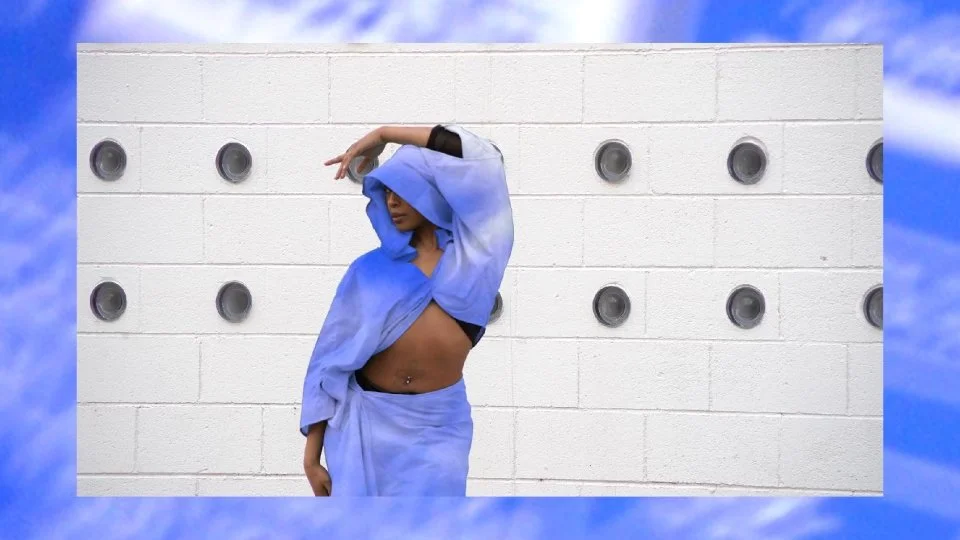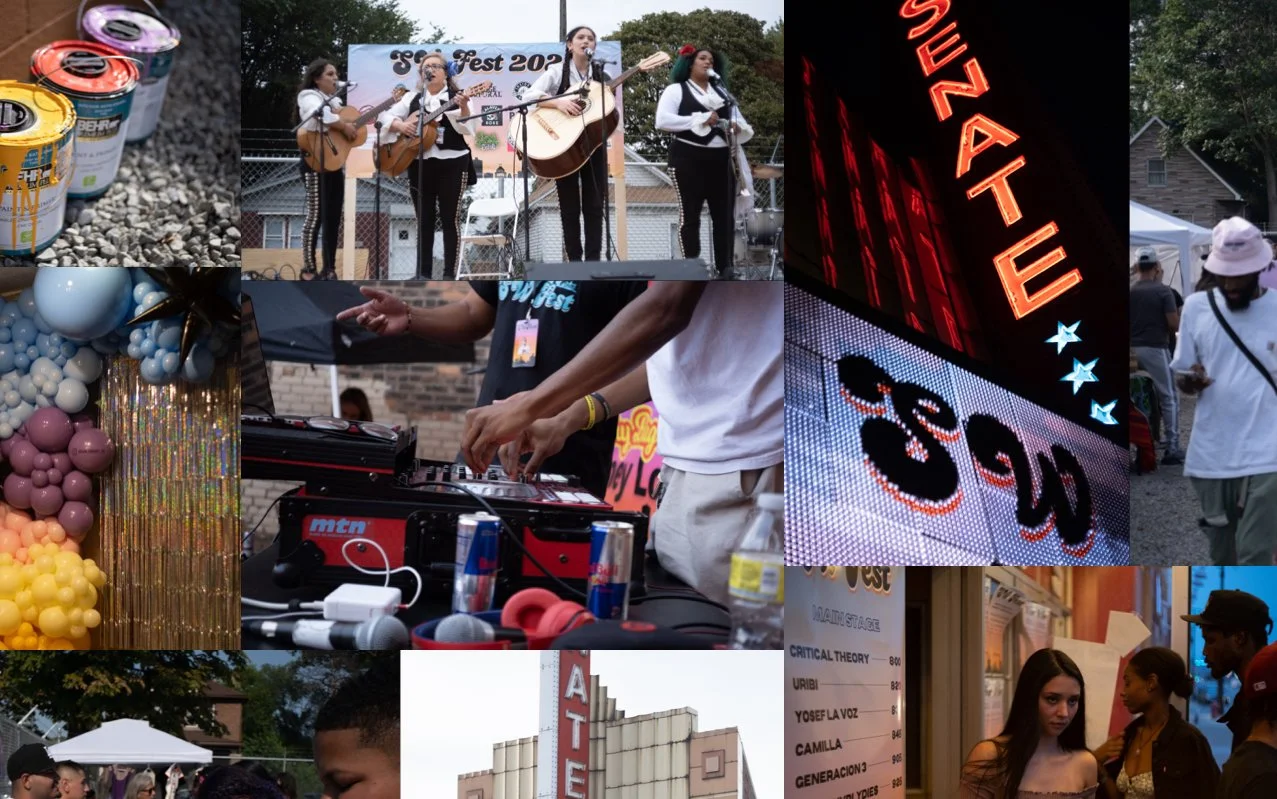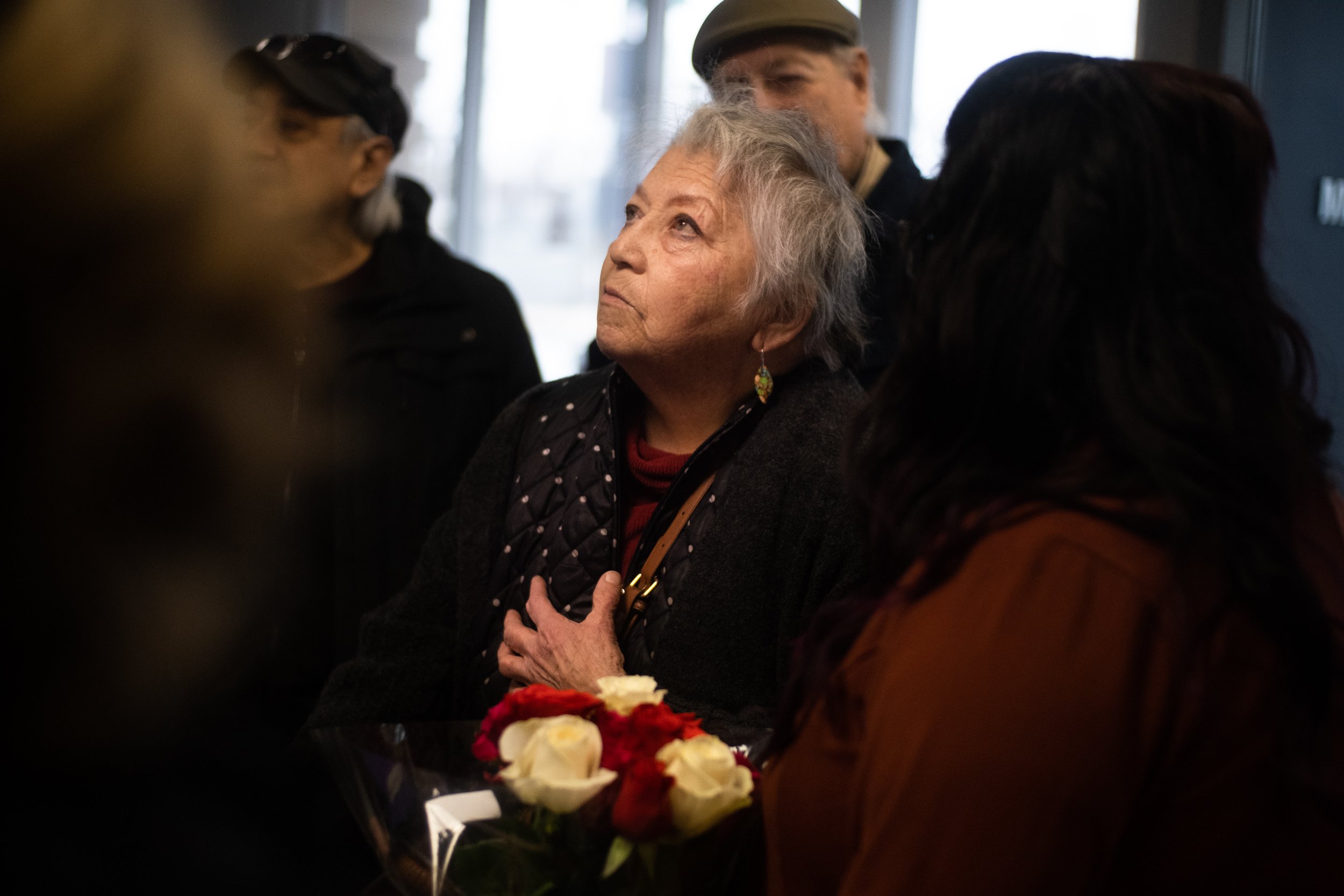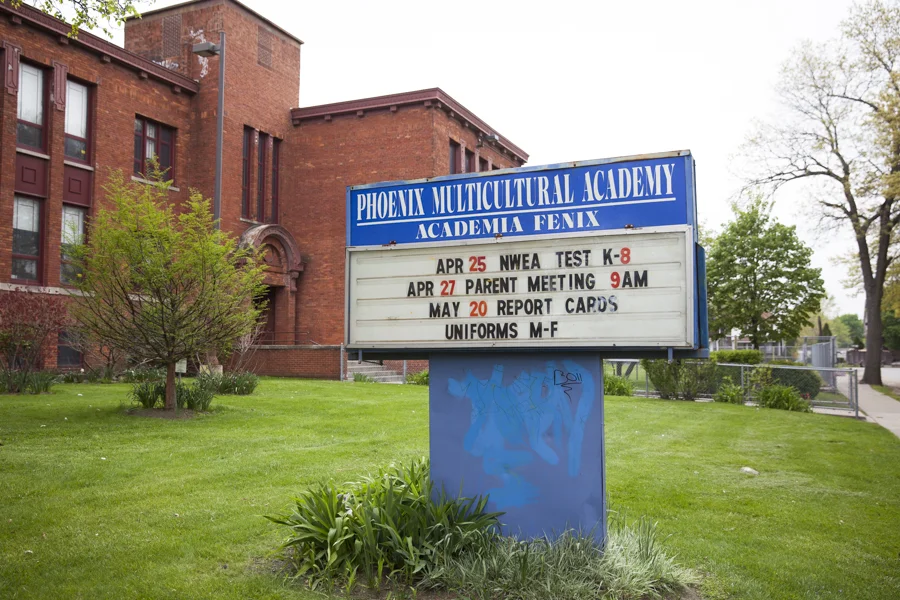Inside Southwest Detroit is proud to be back once again to present a small series of short films at this year’s SW Fest!
Join us on Saturday, August 23, 2025, at the historic Senate Theater, starting at 12:30 PM on the indoor stage.
This series features seven short films, a special collection of locally produced stories. Through film we are building a vision for how we create and connect during and beyond SW Fest. Whether you're creating and enjoying stories rooted in Southwest Detroit or weaving connections across the city, this is a platform for spotlighting local narratives We hope you enjoy the show!
Studio Sounds
Film by Andre Moore
Produced by Aa Print and Publishing
Created and directed by Andre Moore, "STUDIO SOUNDS" is a collection of recordings inspired by field recordings and sample loops. Sounds that are not too sonically directional that won't disrupt a stream of conscious thought and inspires the flowstate
Ogaawag I
Produced by Giizhigad
Storyweaving in collaboration with Annie Humphrey and family, Justice, Giizis, Scout, Alice Sun and Theo
This film documents our continued journey of learning Anishinaabe lifeways and being in relationship with the land. It shares through an authentic lens the relationships being built between urban indigenous people from Detroit and indigenous people living on the Leech Lake reservation in Minnesota. This is a story for us, so we can learn.
Our mother earth has been suffering, the fish have mercury at levels where our foodways cannot be our sole sustenance, due to pollution and climate change. We must continue to take steps to consume less, to restore balance. Please support indigenous people as they continue to struggle for the lands, the waters and for us all to be free.
The Divine Portal
Co-Produced by Giizhigad and Tiffany Hickman
Art direction support by Tazzjia Martinez
Divine Portal is an artistic film that explores women as portal, an expression of divine feminine. Storyweaving with LaTrece Robinson,Darlene Verdun, and Monica Robinson.
remember me loving you
Film by Julianna Sanromán
My mom calls me to remind me that the sun keeps shining despite everything. I spent the summer of 2023 rediscovering what it means to be alive, while I am still here. I exist in this world where I am loved by her. In another universe, when I come home, I like to think we’ve spent the entire summer together, laughing until we cry. In my dreams, I live again. I ache with an undefined longing. Life is too precious, Mother. I just wanted to hear your voice. The sun watches over me; there is no need to worry that I’ve died of love yet. I am not afraid; I was born to do this. — Over the past three years, I’ve accumulated videos of the time I allow myself to return home. I grant myself forgiveness.
life is too short but i would live for you
Film by Julianna Sanromán
Somewhere between a gentle ache and a savage craving (echos in my hazy dream a desire to live again).
Fast Trash
Film by Hannah Fahoome
Fast Trash is a short, experimental film and exploration of wastefulness in the fashion industry. By constructing garments out of a recycled green screen and replacing them with footage of litter and garbage, the piece calls into question the lifespan of the clothing we purchase— and reminds us that all of it is, essentially, future trash.
Orginal garments constructed by Worst Lady. Modeled by Demian Monet. Original sogn and score by Cecille.
No Te He Visto
Film by Karen Cardenas
No Te He Visto shares my father Roberto’s journey back home to Zacatecas, MX after 32 years, and the exploration of both unfamiliar/familiar terrain and family. This is a visual poem, mostly as an offering to my father for the history that he has shared with me.










































